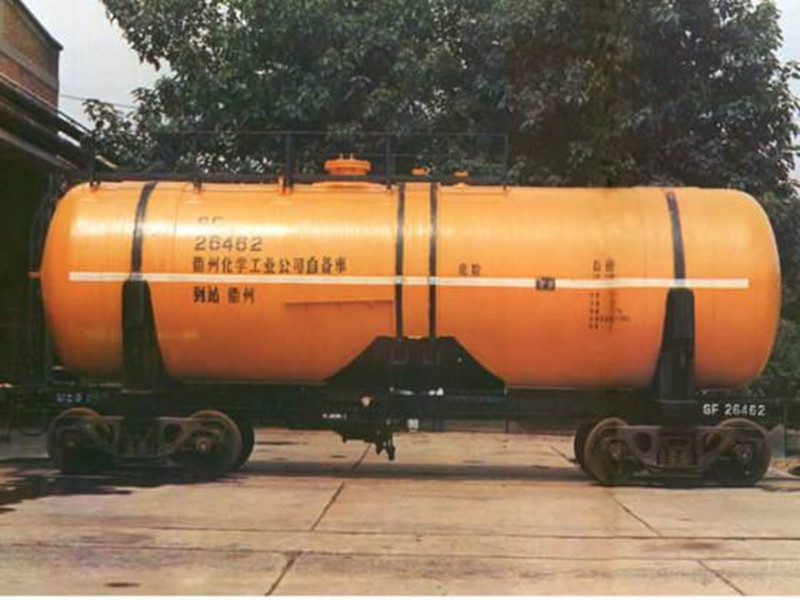
-
 Afrikaans
Afrikaans -
 Albanian
Albanian -
 Amharic
Amharic -
 Arabic
Arabic -
 Armenian
Armenian -
 Azerbaijani
Azerbaijani -
 Basque
Basque -
 Belarusian
Belarusian -
 Bengali
Bengali -
 Bosnian
Bosnian -
 Bulgarian
Bulgarian -
 Catalan
Catalan -
 Cebuano
Cebuano -
 China
China -
 China (Taiwan)
China (Taiwan) -
 Corsican
Corsican -
 Croatian
Croatian -
 Czech
Czech -
 Danish
Danish -
 Dutch
Dutch -
 English
English -
 Esperanto
Esperanto -
 Estonian
Estonian -
 Finnish
Finnish -
 French
French -
 Frisian
Frisian -
 Galician
Galician -
 Georgian
Georgian -
 German
German -
 Greek
Greek -
 Gujarati
Gujarati -
 Haitian Creole
Haitian Creole -
 hausa
hausa -
 hawaiian
hawaiian -
 Hebrew
Hebrew -
 Hindi
Hindi -
 Miao
Miao -
 Hungarian
Hungarian -
 Icelandic
Icelandic -
 igbo
igbo -
 Indonesian
Indonesian -
 irish
irish -
 Italian
Italian -
 Japanese
Japanese -
 Javanese
Javanese -
 Kannada
Kannada -
 kazakh
kazakh -
 Khmer
Khmer -
 Rwandese
Rwandese -
 Korean
Korean -
 Kurdish
Kurdish -
 Kyrgyz
Kyrgyz -
 Lao
Lao -
 Latin
Latin -
 Latvian
Latvian -
 Lithuanian
Lithuanian -
 Luxembourgish
Luxembourgish -
 Macedonian
Macedonian -
 Malgashi
Malgashi -
 Malay
Malay -
 Malayalam
Malayalam -
 Maltese
Maltese -
 Maori
Maori -
 Marathi
Marathi -
 Mongolian
Mongolian -
 Myanmar
Myanmar -
 Nepali
Nepali -
 Norwegian
Norwegian -
 Norwegian
Norwegian -
 Occitan
Occitan -
 Pashto
Pashto -
 Persian
Persian -
 Polish
Polish -
 Portuguese
Portuguese -
 Punjabi
Punjabi -
 Romanian
Romanian -
 Russian
Russian -
 Samoan
Samoan -
 Scottish Gaelic
Scottish Gaelic -
 Serbian
Serbian -
 Sesotho
Sesotho -
 Shona
Shona -
 Sindhi
Sindhi -
 Sinhala
Sinhala -
 Slovak
Slovak -
 Slovenian
Slovenian -
 Somali
Somali -
 Spanish
Spanish -
 Sundanese
Sundanese -
 Swahili
Swahili -
 Swedish
Swedish -
 Tagalog
Tagalog -
 Tajik
Tajik -
 Tamil
Tamil -
 Tatar
Tatar -
 Telugu
Telugu -
 Thai
Thai -
 Turkish
Turkish -
 Turkmen
Turkmen -
 Ukrainian
Ukrainian -
 Urdu
Urdu -
 Uighur
Uighur -
 Uzbek
Uzbek -
 Vietnamese
Vietnamese -
 Welsh
Welsh -
 Bantu
Bantu -
 Yiddish
Yiddish -
 Yoruba
Yoruba -
 Zulu
Zulu
grp water tank
Understanding GRP Water Tanks A Comprehensive Overview
As the world becomes increasingly aware of the importance of water storage solutions, GRP (Glass Reinforced Plastic) water tanks have emerged as a popular choice for both residential and commercial applications. Known for their durability, lightweight properties, and resistance to corrosion, GRP water tanks offer numerous advantages over traditional water storage systems. This article delves into the features, benefits, and applications of GRP water tanks, highlighting why they are an excellent investment for water storage needs.
What is GRP?
GRP, or Glass Reinforced Plastic, is a composite material made by combining glass fibers with a resin matrix. This unique combination results in a highly durable and lightweight material that can withstand harsh environmental conditions. GRP has been used in various industries, including construction, automotive, and marine, for its strength and flexibility. When it comes to water tanks, GRP's resistance to corrosion and its long lifespan make it an ideal choice for storing water.
Key Features of GRP Water Tanks
1. Durability GRP water tanks are designed to last. They are resistant to a wide range of environmental factors, including UV radiation, extreme temperatures, and chemical exposure. This durability reduces the need for frequent replacements, making them a cost-effective option for long-term water storage.
2. Lightweight Compared to traditional materials like steel or concrete, GRP is significantly lighter. This lightweight nature makes these tanks easier to transport and install, reducing labor costs and time during the setup process.
3. Corrosion Resistance One of the most significant advantages of GRP water tanks is their resistance to corrosion. Unlike metal tanks that can rust over time, GRP tanks remain intact, maintaining the quality of the stored water.
4. Insulation Properties GRP tanks provide good insulation, helping to maintain the temperature of the stored water. This feature is especially beneficial in areas with extreme climates, where maintaining water temperature is crucial.
5. Customizable Designs GRP water tanks can be manufactured in various sizes and shapes to meet specific customer requirements. This flexibility allows for customization according to the space available and the volume of water needed.
grp water tank

6. Low Maintenance Once installed, GRP water tanks require minimal maintenance. Their sturdy construction and corrosion resistance mean that they do not need regular treatments or repairs, saving time and resources.
Applications of GRP Water Tanks
GRP water tanks are versatile and suit a wide range of applications. Some common uses include
- Residential Water Storage Homeowners often install GRP water tanks for domestic water supply, ensuring a reliable source of water for daily needs.
- Commercial Installations Businesses, especially in industries such as agriculture and hospitality, utilize GRP tanks for irrigation, cooling systems, and other water applications, ensuring operational efficiency.
- Fire Suppression Systems GRP tanks are often employed in fire protection systems, providing a reliable water source for firefighting efforts.
- Wastewater Treatment GRP tanks can also play a role in wastewater management efforts, storing treated water for reuse or safe disposal.
Conclusion
In conclusion, GRP water tanks represent a modern solution to the ever-increasing demand for efficient and reliable water storage. Their robust features, such as durability, corrosion resistance, and low maintenance, make them an attractive option for a wide array of applications. As water scarcity continues to be a pressing global issue, investing in high-quality water storage solutions like GRP tanks is vital for both sustainability and efficiency. Whether for residential or commercial use, GRP water tanks ensure that water is stored safely and effectively, making them a wise choice for the future.
Latest news
-
Exploring the Benefits of Top Hammer Drifter Rods for Enhanced Drilling PerformanceNewsJun.10,2025
-
High-Precision Fiberglass Winding Machine for GRP/FRP Pipe Production – Reliable & Efficient SolutionsNewsJun.10,2025
-
FRP Pipes & Fittings for Shipbuilding - Corrosion-Resistant & LightweightNewsJun.09,2025
-
Premium FRP Flooring Solutions Durable & Slip-ResistantNewsJun.09,2025
-
Premium Fiberglass Rectangular Tanks Durable & Lightweight SolutionNewsJun.09,2025
-
Tapered Drill String Design Guide Durable Performance & UsesNewsJun.09,2025









